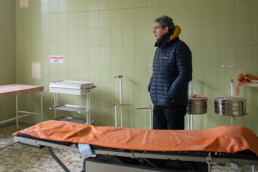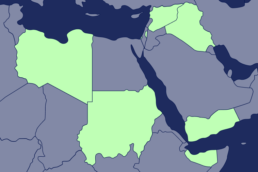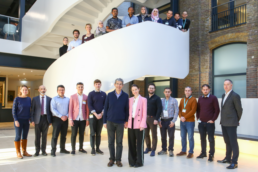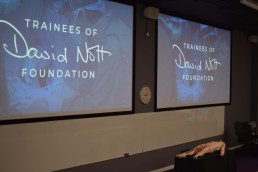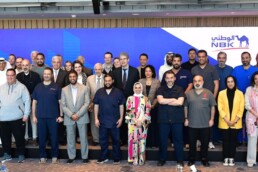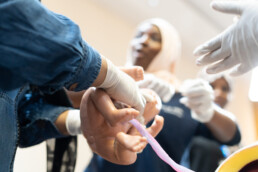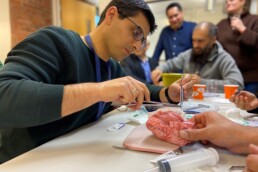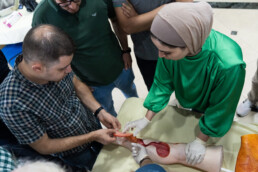Share this story
Read more
“If this training can work in Gaza, it can work anywhere else.”
Dr Israar Ul-Haq joined our HEST-UK (Hostile Environment Surgical…
The anaesthetist in a war zone
It takes a team to save a life in a war zone. Recognising the vital…
Preparing 36 Kuwaiti doctors for surgery in Gaza
With support from the Foreign Common Development Office (FCDO) and…
“The patients. The families. They’re all in my head.”
Our Co-Founder David Nott recently travelled to Rafah, Gaza, to help…
“Maternal health – it’s a societal barometer.”
Every two minutes, a woman loses her life to preventable causes…
Our second mission for Palestine’s medical workforce
In the ongoing Israel-Gaza conflict, tens of thousands have lost…
Doctors rapidly trained to treat trauma injuries in Gaza
During a remarkable four-day Hostile Environment Surgical Training…
Our action in response to the Israel-Gaza war
As a humanitarian organisation delivering surgical training to…
41 Syrian doctors upskilled to screen and treat women with cervical cancer
Dr Saladin Sawan, Consultant Surgeon in Gynaecological Oncology and…
